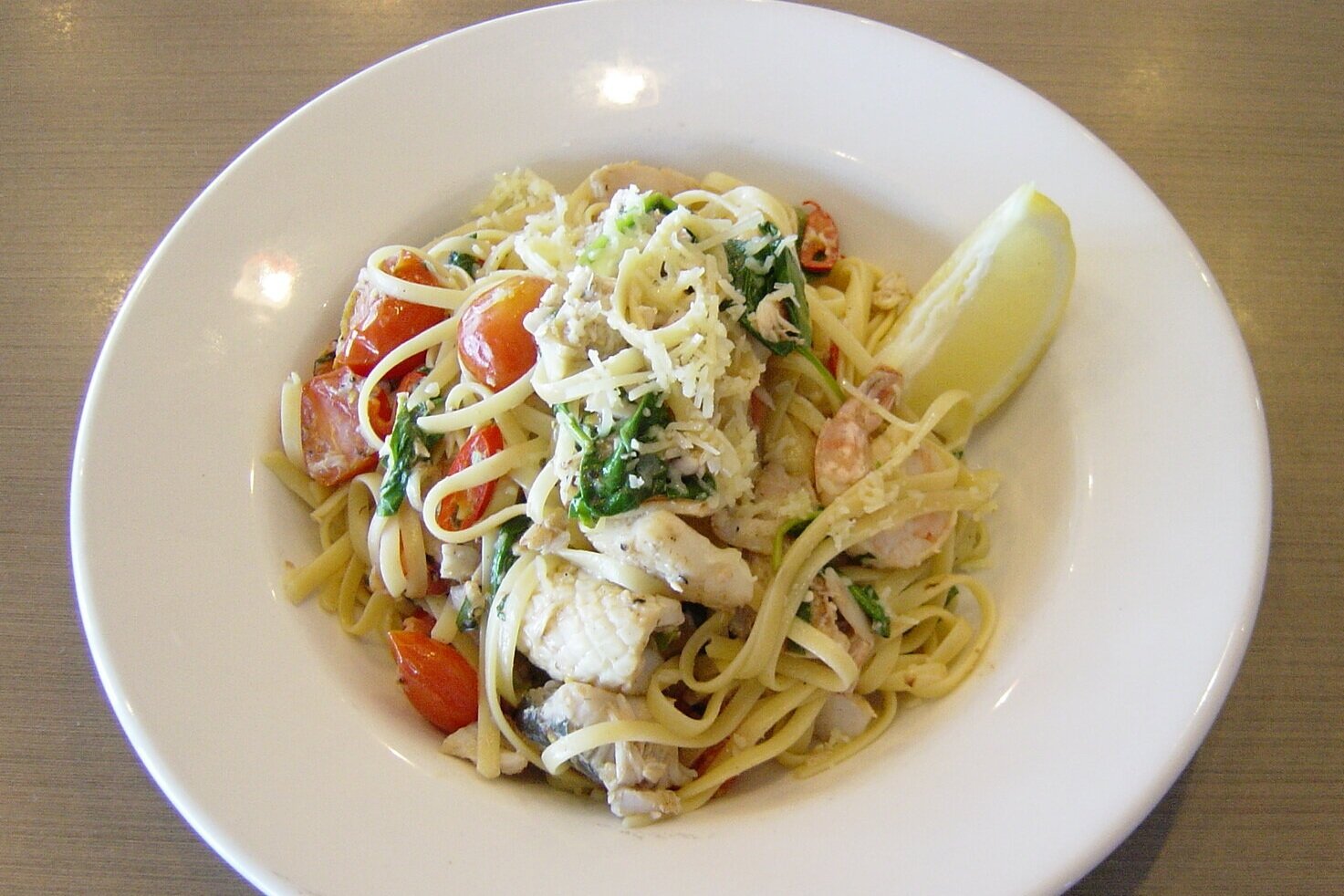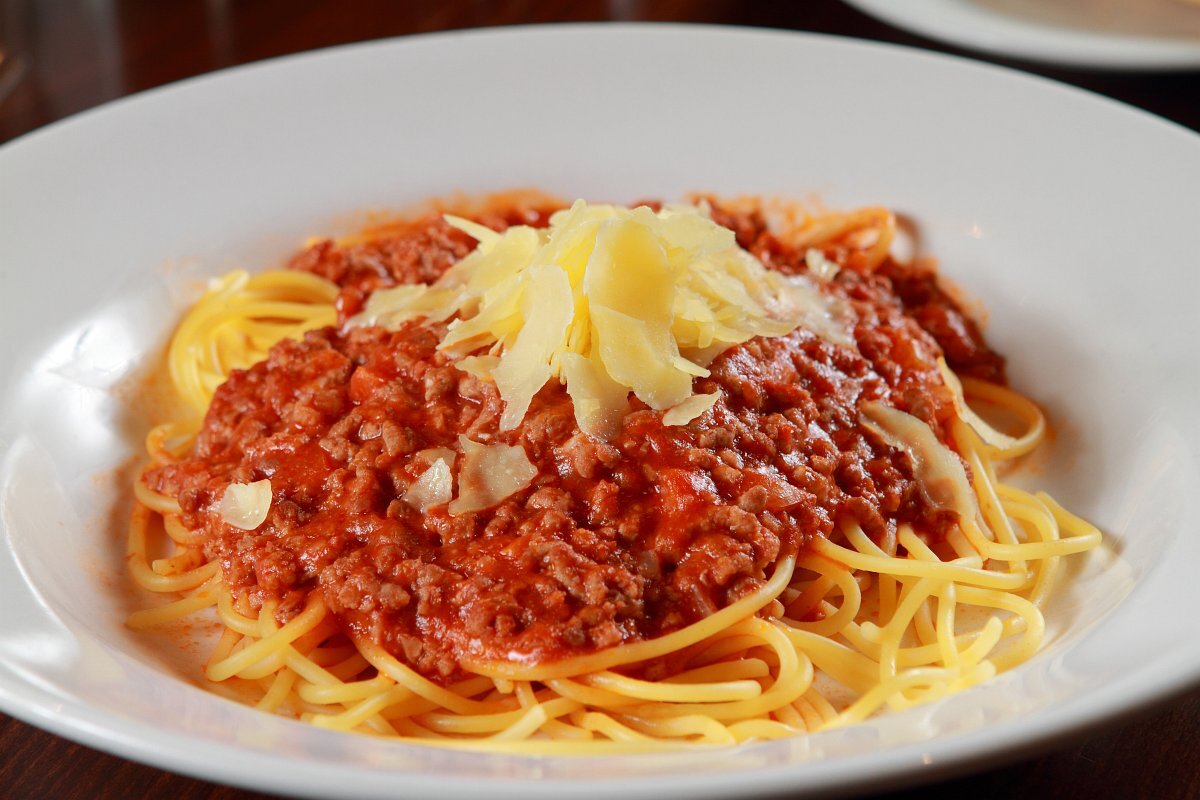Pasta’s profit margin makes it a popular menu choice
Pasta’s growth in popularity within the Australian foodservice market has been phenomenal and today it has become a staple menu item in takeaways, cafes, pubs and clubs and even high end restaurants. A focus on traditional recipes made with high quality pasta, fresh ingredients and flavoursome herb notes has ensured pasta’s longevity, as has its ease of preparation and relatively high profit margin.
Gary Johnson, National Executive Chef for ALH Group which operates more than 340 hotels nationally, says a pasta section is included in its pub menu templates and he always encourages the chefs to include several dishes: “it’s a customer expectation and a great way to encourage the chef’s creativity and come up with some new spins on old favourites, whether it’s a baked gnocchi, a linguine or tortellini – the list goes on. After all, there’s a myriad of pasta varieties and you can make just as many sauces to go with them.”
Gary says pasta is a great option to have on the menu because it typically consists of smaller protein serves – “it’s not like you’re using a 300g steak or 200g piece of fish. Instead, you’re using smaller amounts of intensely flavoured proteins, like salami or anchovies, and because the pasta itself is high in fibre, it’s a filling meal. So this gives you the opportunity to market pasta dishes at a good pricepoint – the high teens or even into the twenties, as long as the quality is there to back the price up.”
Key to this is starting with good quality pasta, as Gary acknowledges. “Normally what we do in the pubs is par-cook (‘blanch’) our pasta, then refresh it and portion it up during service.
“The trick is to be able to bring it quickly up to temperature just before serving – three to four minutes in boiling water, drain it quickly, then toss it in the sauce and serve. That way there’s a lot less handling and it’s a more efficient process – and you can do this for everything from risoni to pappardelle.”
While fresh, frozen and dried pastas are all options for foodservice operators in today’s competitive market, Gary says his chefs tend to go for the fresh pastas as opposed to dried – “You might pay 30 or 40 cents for a portion of dried pasta vs $2 for fresh, but in the scheme of things that’s still in the ballpark as far as your costings are concerned,” he points out. “The sauce will coat better and the customer will find it a much more enjoyable meal – and the cost of your fresh pasta is still a lot less than that of your protein.”
NAKED SEAFOOD LINGUINI
Most popular pasta dishes are still the simplest
With some of the hotels in the ALH Group featuring Italian style bistros, Gary says the most popular pasta dishes are still the simplest: “A beautiful carbonara, bolognese or puttanesca – those classic dishes, if they’re done really well, will still outsell everything else. We might do a sauteed prawn and chorizo pasta with a salsa verde and that will attract some diners, but nevertheless if you put it up against a carbonara then the carbonara’s going to beat it hands down.”
During the summer months, seafood pasta dishes are particularly big in the pub market – again prepared simply, such as with olive oil, sauteed tomato and a squeeze of lemon. “The joy of these is they are simple, warming, homestyle dishes – comfort food is probably the best description,” Gary says. “We generally find in the summer the customer’s preference is for lighter sauces and aromatic herbs, served with fresh seafood. In the winter we’ll serve pasta dishes which are little more cream-based, or make up a sauce with tomato and vegetables.”
Contemporary twist on old time favourites
At The Ary Toukley on the NSW Central Coast, Executive Chef Alex Patterson says pasta with seafood is always a big seller over summer. “We do a really popular fresh chilli King Prawn penne and it just flies out the door. We also use the trim from our beef cheeks dish to make up a braised beef and mushroom fettucine which is very much in demand right now too.”
Consultant chef Peter Wright makes the point that with so many types of pasta available, it’s important to make the right choice for your customer demographic. “It’s like bread – you can buy white sliced en masse, or you can make a handmade sourdough with your grandmother’s starter culture that you’ve used for 25 years and there’s no comparison! It comes down to, how much do you want to sell the dish for, how do you plan to make it? In foodservice it’s probably best to choose a pasta that’s designed to be pre-blanched as that makes it quicker for service. But there are so many choices, from processed hard pasta to handmade, soft, delicate traditional Italian made with 00 flour and free range eggs.”
He emphasises that the choice of sauce is just as important as the choice of pasta. “Traditional dishes are always favourites, but in Australia we have made some adaptations to the original Italian recipes – carbonara, for example, isn’t traditionally made with cream but here we tend to splash a bit in it. Generally speaking these traditional sauces – whether modified for the local market or not – are strong on umami, which is a very appealing flavour profile. With a carbonara you’ve got salty cured meat, the sharpness of parmesan cheese – it’s a really nice savoury taste. The same is true of bolognese sauce.
“The other great thing about pasta is not only can you make a good profit margin from it, it’s really one of the easiest dishes to make. It can be as simple as three basic ingredients, but on the other hand you can go as complex as you want – like a chicken pesto dish with 10 or 12 ingredients.”
“And it’s a great way to use up leftovers – if you’ve got some ingredients left in the fridge it’s usually simple to make up a pasta dish and add it to your chef’s specials. It’s all about how creative you can be – and I think we all crave pasta from time to time, I don’t think I’ve ever met anyone who doesn’t like it!”
Searching for the next big thing
baked vegan ricotta with summer vegetables
While describing pasta as “well-established and familiar”, consultant chef Adam Moore adds: “I think we’re now seeing chefs trying to explore what can be done with pasta in the search for the next big thing. I’ve seen a lot of dessert pastas on the menu lately – like sweet pasta dough with chocolate or Nutella included. Fried pastas are starting to trend, like dessert ravioli. If you think about it, cristoli is technically a fried pasta. And I think we’ll be seeing a lot more iterations of those – currently it’s chocolate pasta shells that are proving most popular, and you can see those a lot on specials boards as foodservice professionals are trying them out with customers to see how they’ll do.”
“I think we’re now seeing chefs trying to explore what can be done with pasta in the search for the next big thing. I’ve seen a lot of dessert pastas on the menu lately – like sweet pasta dough with chocolate or Nutella included.”
Along with dessert pastas, Adam says the market is seeing a lot of fresh spins on classic dishes, “for example, pasta ragouts with fresh herb notes. Italian food is all about regional flavours and people are now starting to explore those different cuisine styles and see what they can take from say a Tuscan style dish or a Venetian style dish as opposed to a basic bolognese.”
He also makes the point that there are now new ingredients being used to make pasta itself – such as the legume-based pastas made from chickpea or red lentils that are now available in both foodservice and retail. “There’s also a lot of herbs being used as inclusions within pasta, as opposed to be sprinkled on as an ingredient in cooking or just prior to serving,” Adam adds. “We’re seeing layers of parsley being put between sheets of pasta, so when you roll it out you have this beautiful sheet with a pattern on it.”







